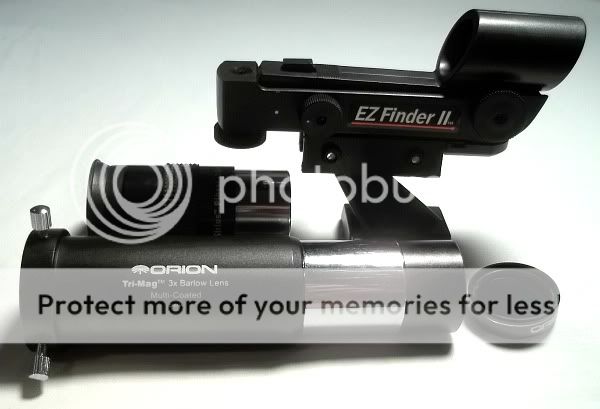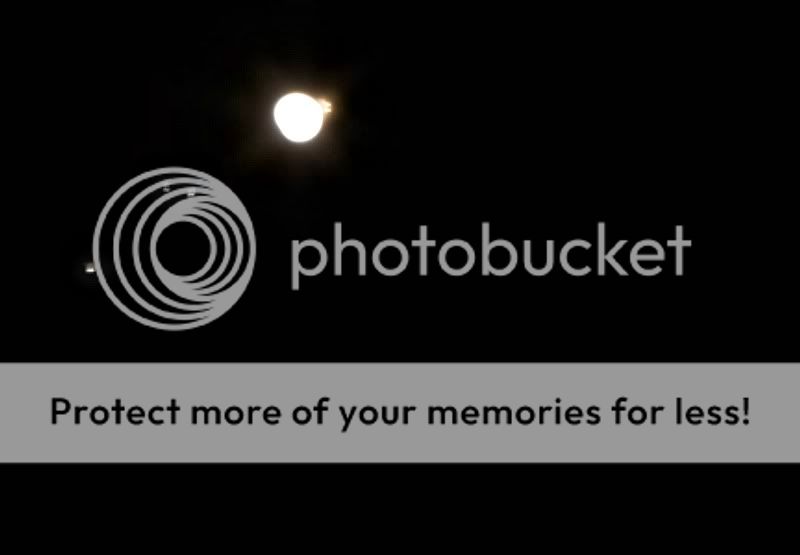I know I haven't been updating too much lately, i'm new at blogging and can't write well on a topic so easily like many bloggers. I just love to share my pictures and promote the Orion Dobsonian XT8 telescope and share new accessories that work well with it. I am thinking about expanding my blog as well, not only for the telescope, but for other things such as a microscope I will be purchasing soon and more! I hope you are enjoying my blog!






















